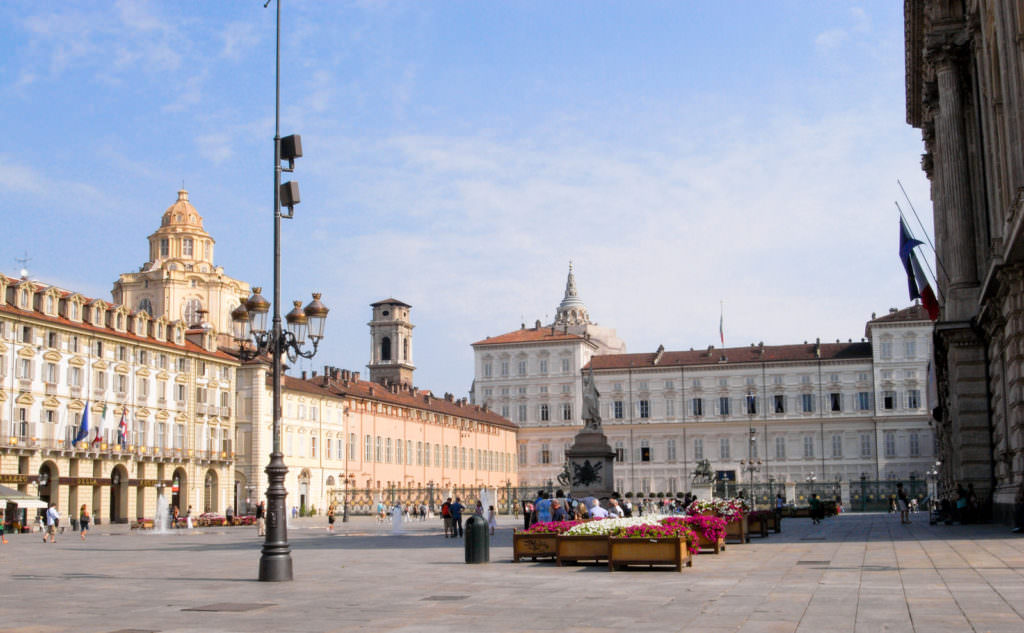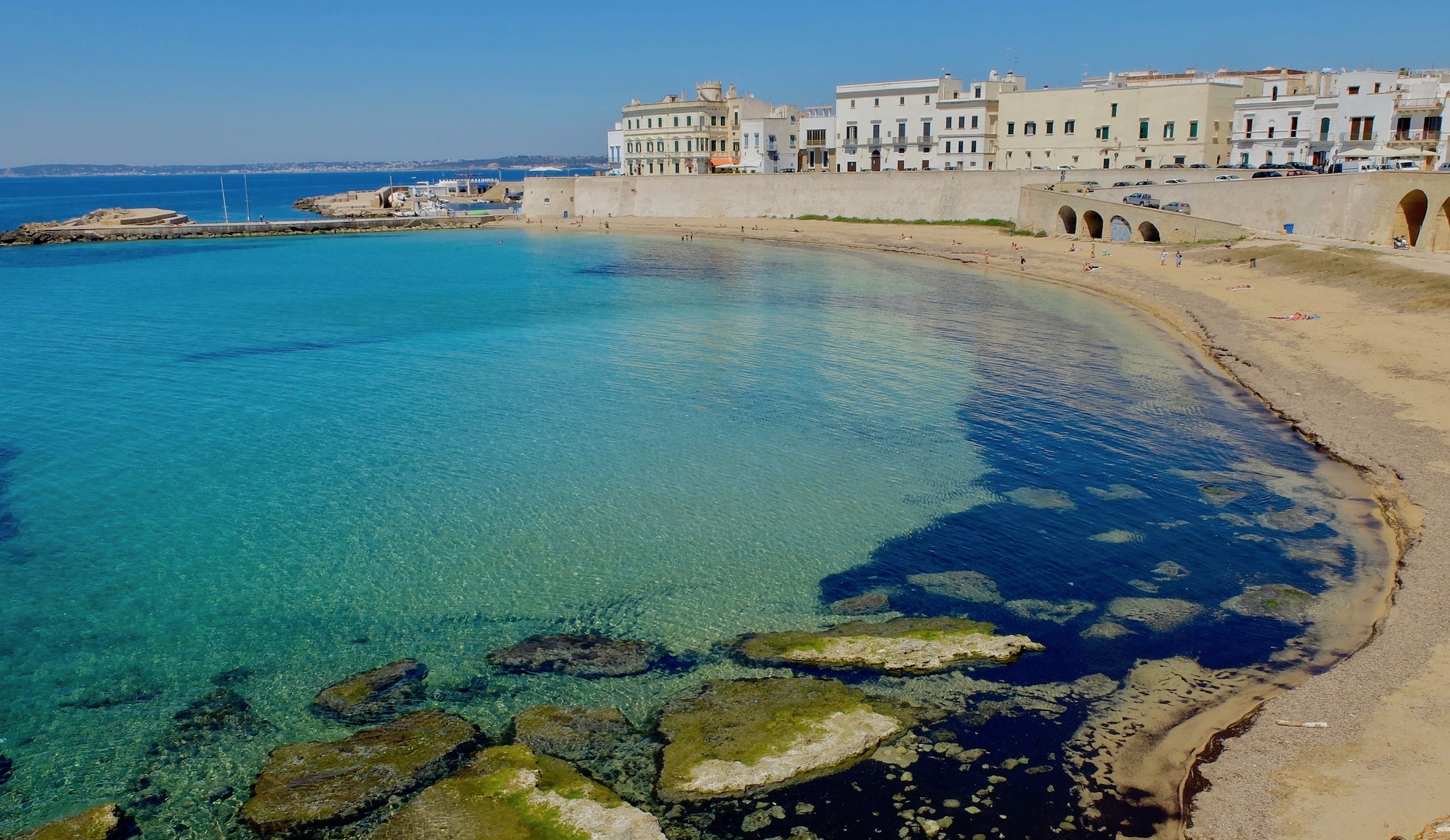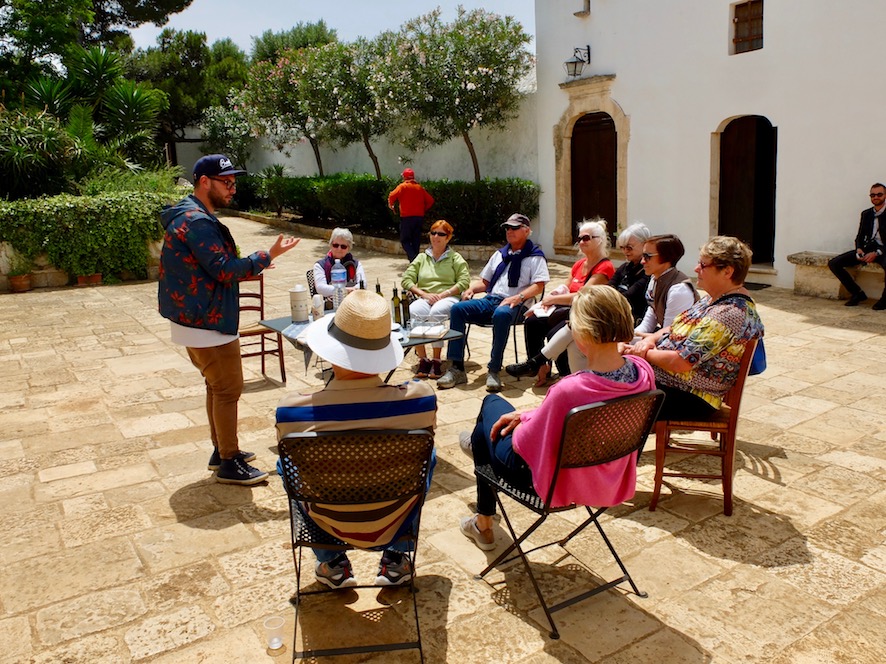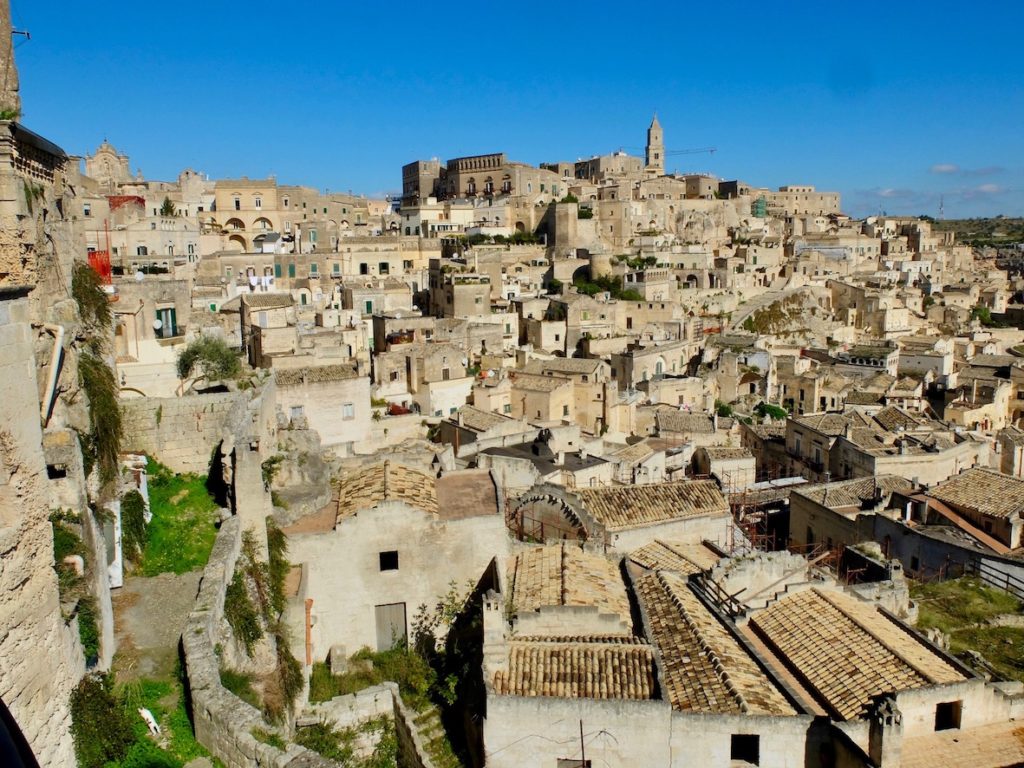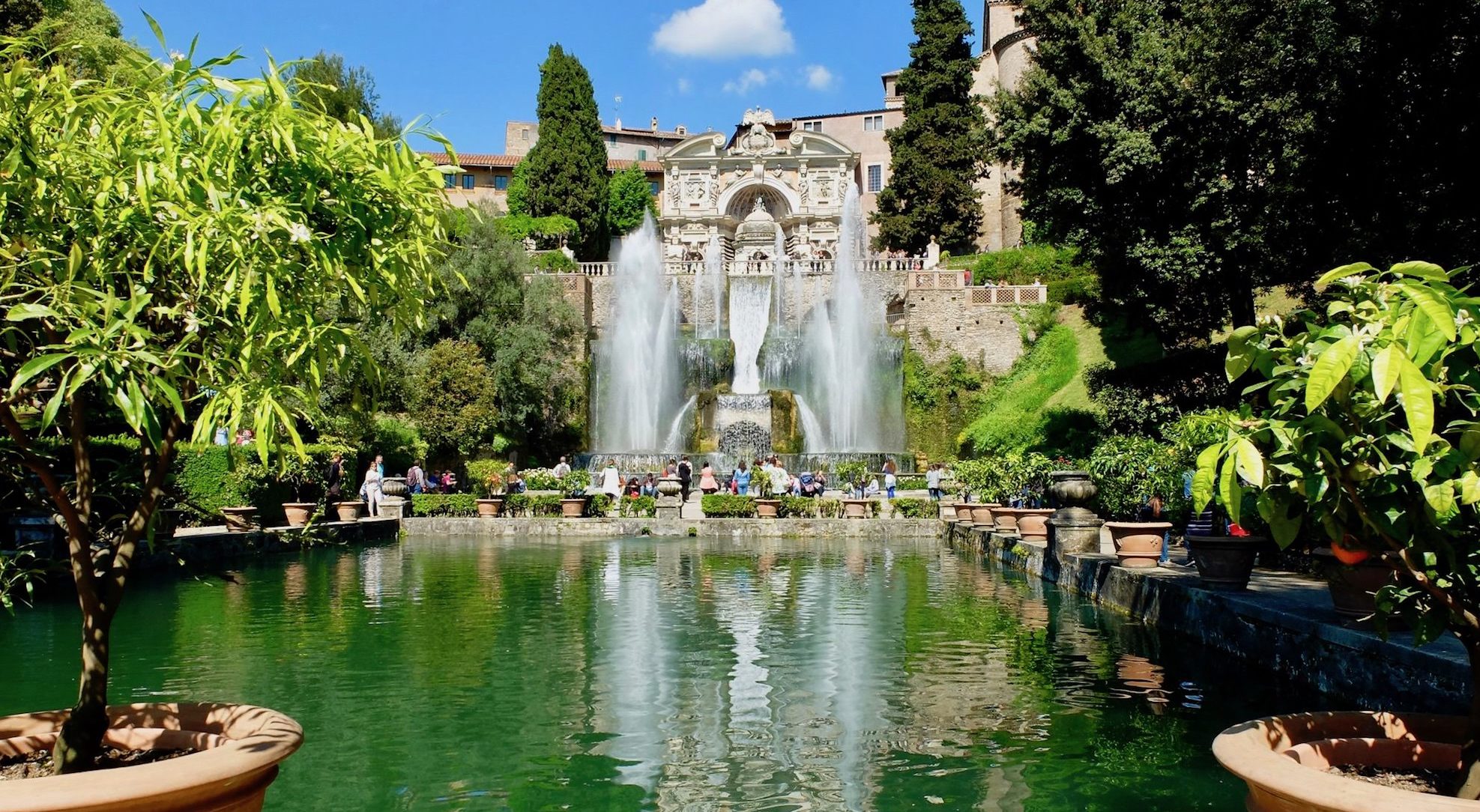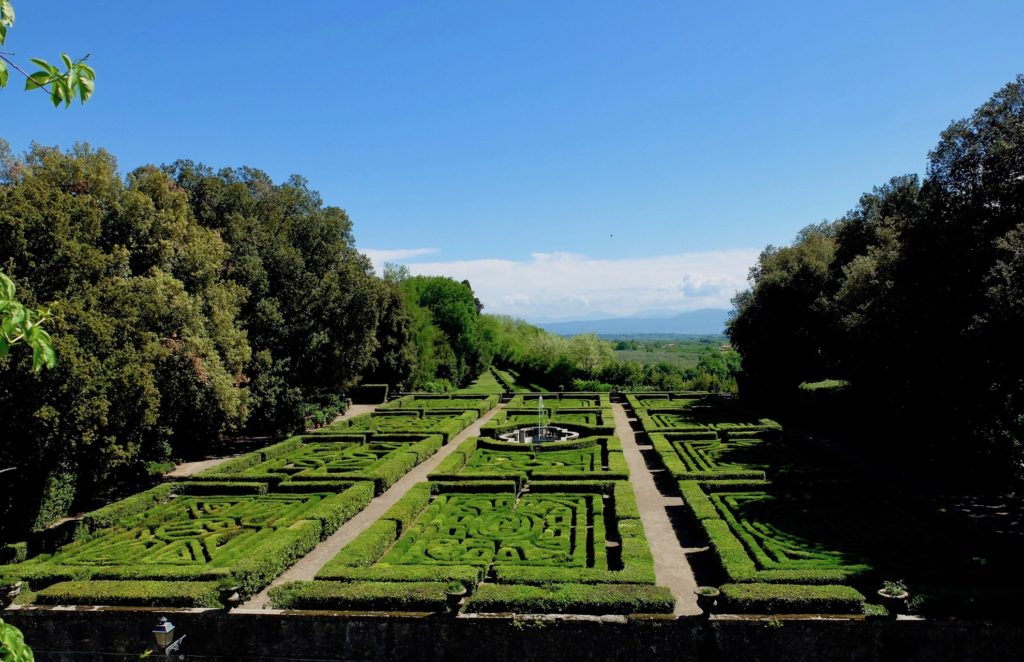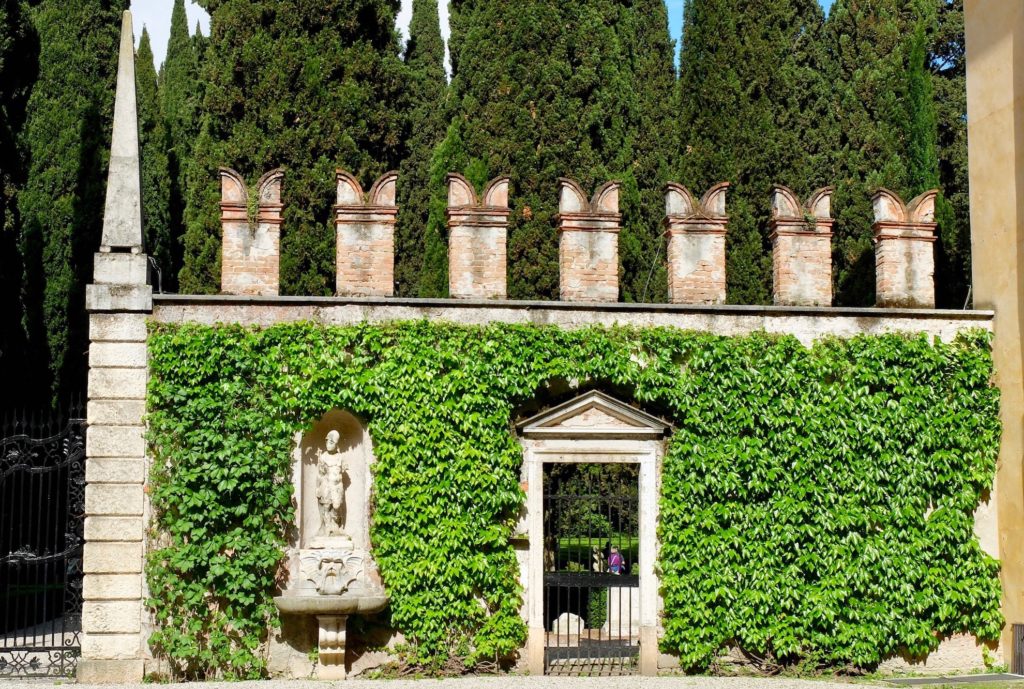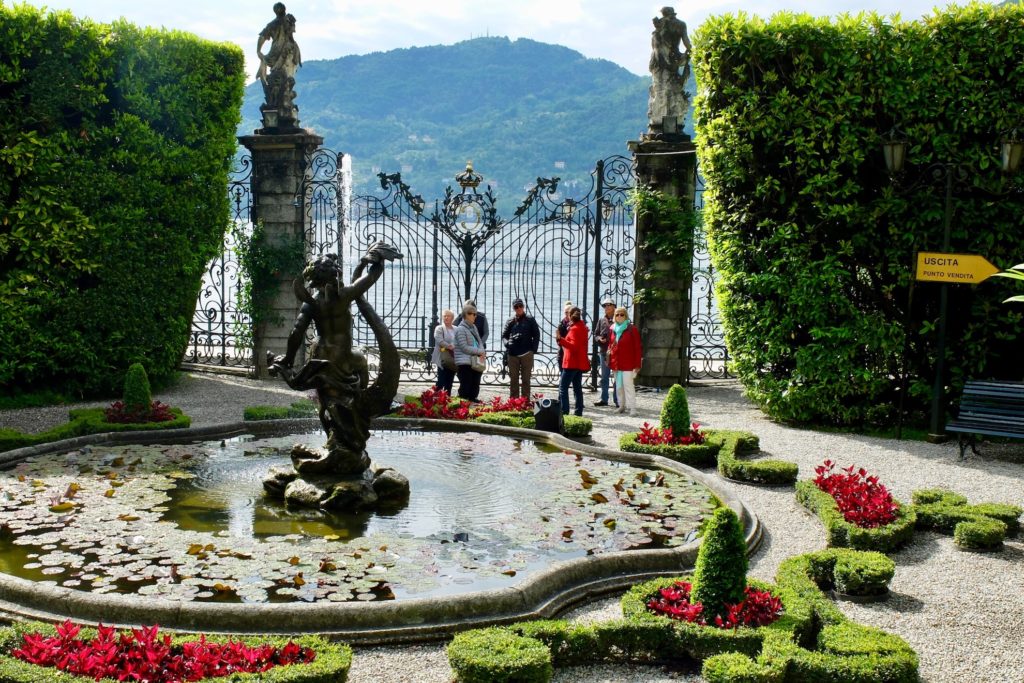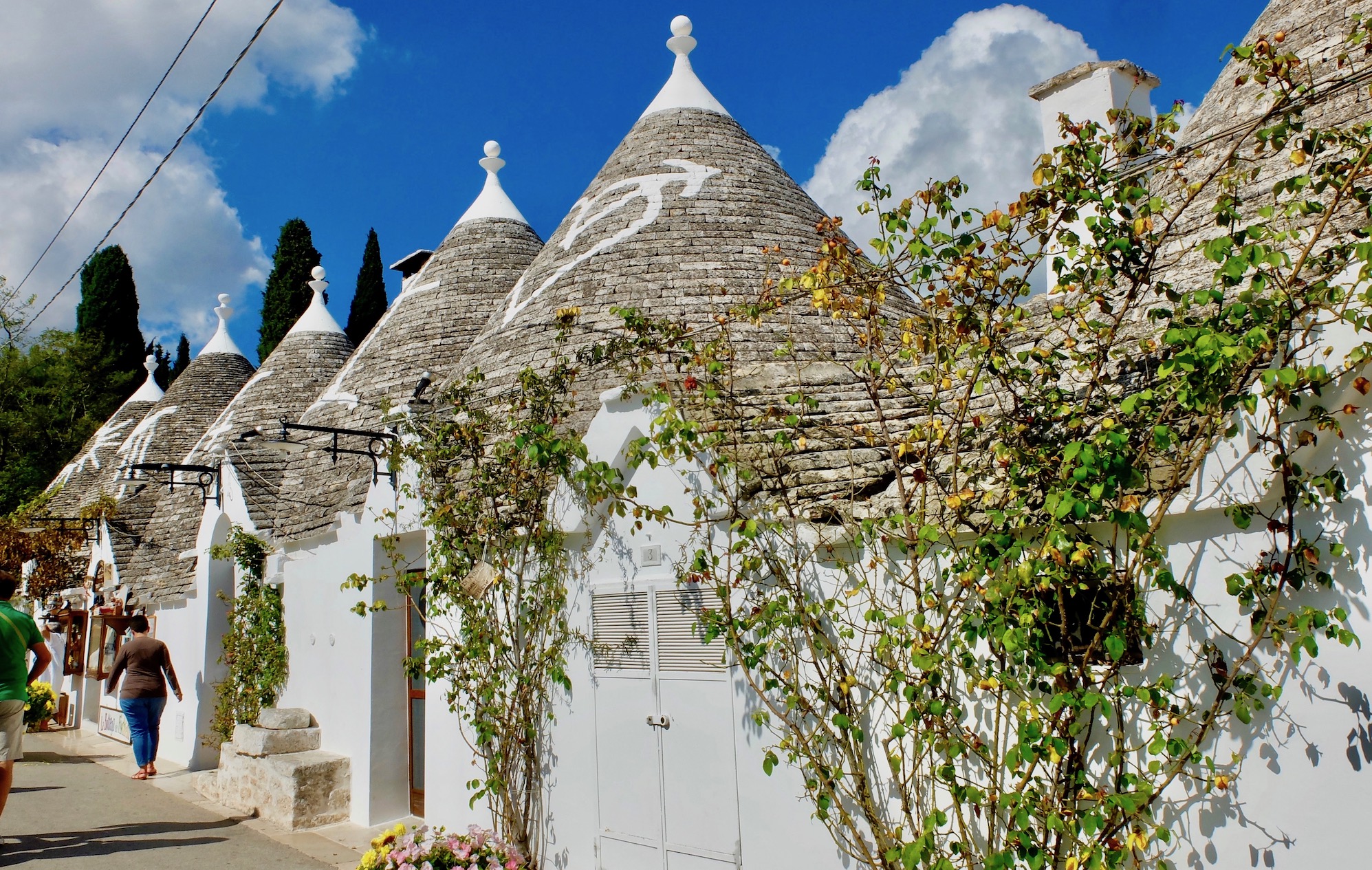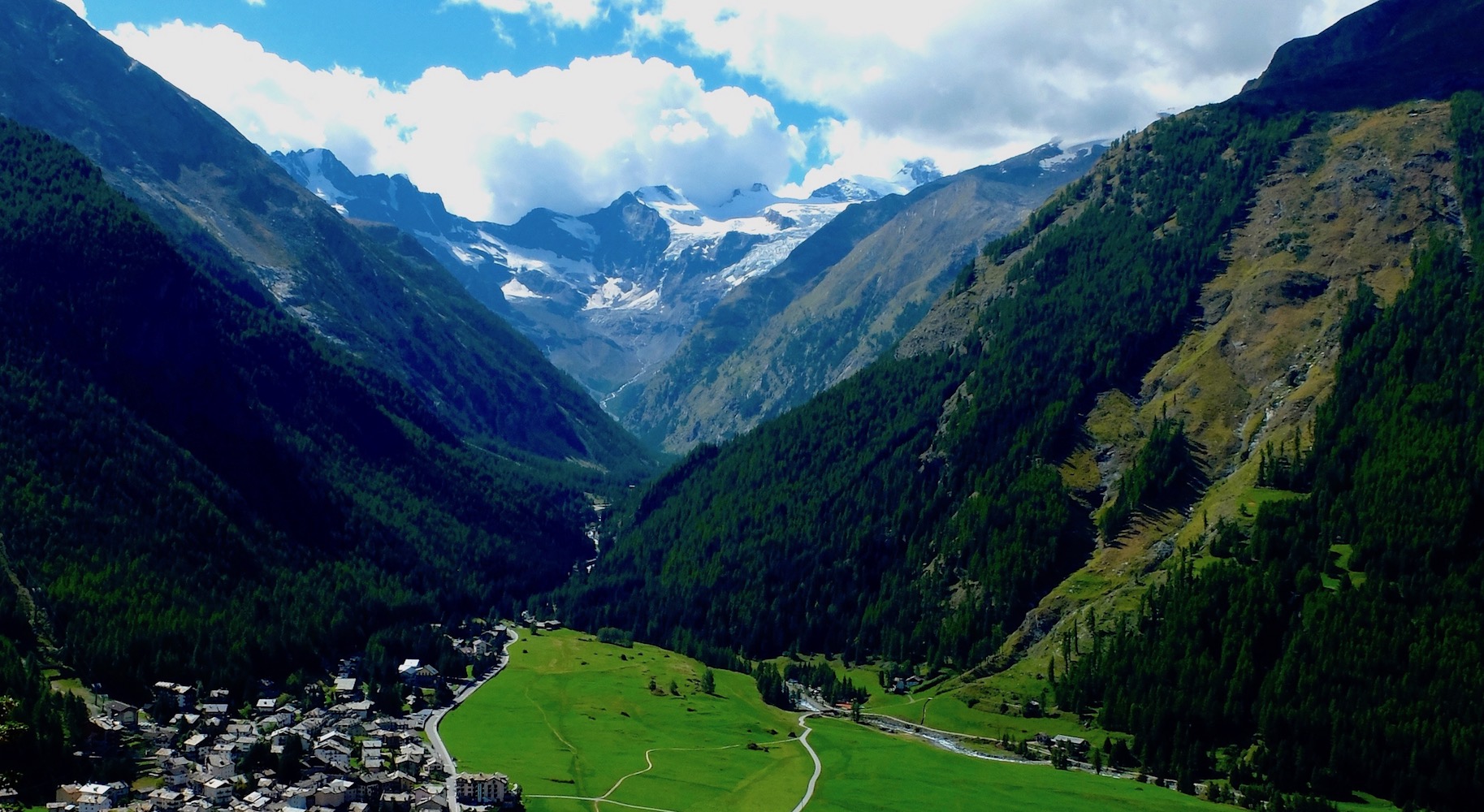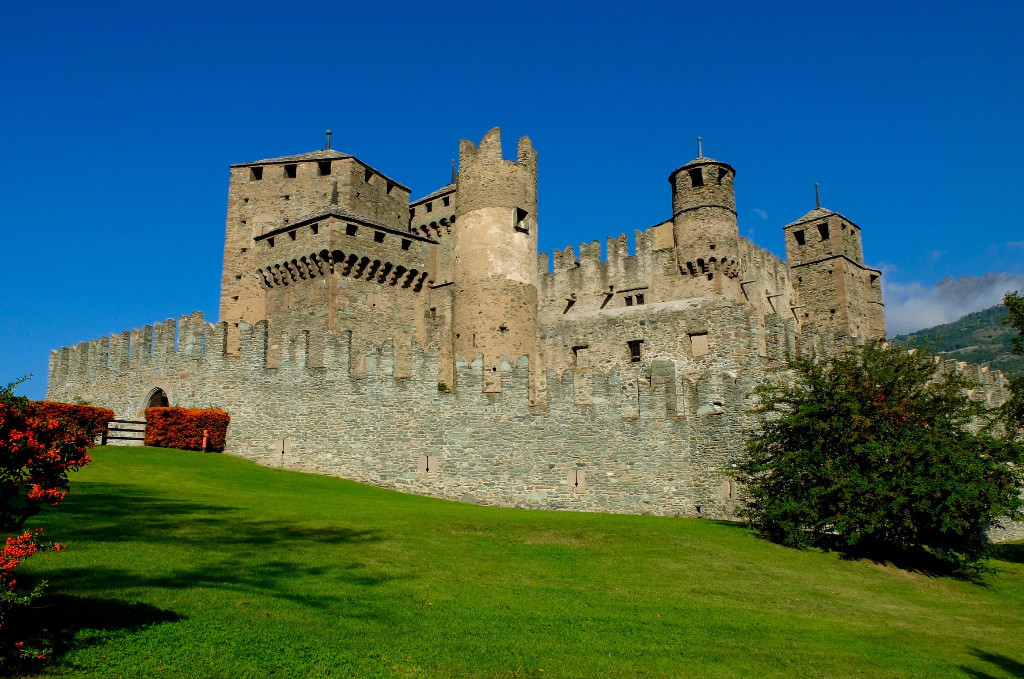25 Jul 5 REASONS TO VISIT TURIN
Turin was the first capital of a united Italy in the nineteenth century and it has the feel of an important city, regal in its nature and set out to impress. The Roman town was founded in 28BC and although it became an important centre in the empire, it was never as important as Aosta up the road. After the fall of the Roman Empire, Turin was forgotten and existed as a large agricultural borough. It wasn’t until 1563 when Duke Emanuele Filiberto chose it as his capital that it was really put on the map.
Turin doesn’t have the same crowds of tourists as Rome, Florence and Milan, and that’s what makes it a great city to visit if you want to get off the beaten track!
1. The urban architecture
The ruling Savoy family wanted a capital city that was fit for their Duchy and in the 1700s, court architect Filippo Juvarra’s vision was turned into an urban environment to rival the more established European capitals. The Renaissance had already finished, so the period of refurbishment coincided with the Mannerist and Baroque period, which the town made its own — Turin is known as the baroque capital of Northern Italy. Think elegant piazze, splendid palaces and lovely churches.
The historic centre is very pleasant to wander around, well ordered and on a manageable scale. Don’t miss Palazzo Reale and Palazzo Madama on Piazza Castello and make sure you sit for an aperitivo at one of the cafes on the elegant Piazza San Carlo
2. The Mole Antonelliana and the Cinema Museum
The Mole Antonelliana is one of the enduring symbols of Turin, an oddly shaped building that was conceived as a synagogue, taken over by the Savoys as a museum of the Risorgimento and today houses the fascinating museum of cinema.
Most people know that Italians have a history and a fascination with cinema, but not many know that it all started here in Turin. It was here that the country’s first studios were set up and where the first feature length movie was produced in 1914.
If you’re a cinema buff, the museum is a must-see, if you’re not, the building itself is still worth a visit. The roof has the best vantage point of the city and on a clear day the views out towards the Alps are breathtaking.
3. The Lingotto
At the beginning of the 1900s, Fiat, Italy’s largest automotive industry, was growing and it needed a new plant. In 1916, in an area that was still farmland, they opened the Lingotto. It was considered innovative and modern and had the whole world watching. After more than 60 years of operation the plant was closed in the 1980s and the famous architect Renzo Piano was invited to convert the factory into a multipurpose centre. It’s possible to see the famous roof-top test track (as featured in the original 1969 version of The Italian Job) and the Giovanni and Marella Agnelli Art Gallery, which houses the couple’s exquisite private collection, with works by Canaletto, Tiepolo, Canova, Manet, Renoir, Matisse, Picasso and Modigliani.
Finally, the Lingotto is the home to the flagship Eataly store – the chain of upmarket providores that has taken Italy, and the world by storm. Which brings me to reason #4 …
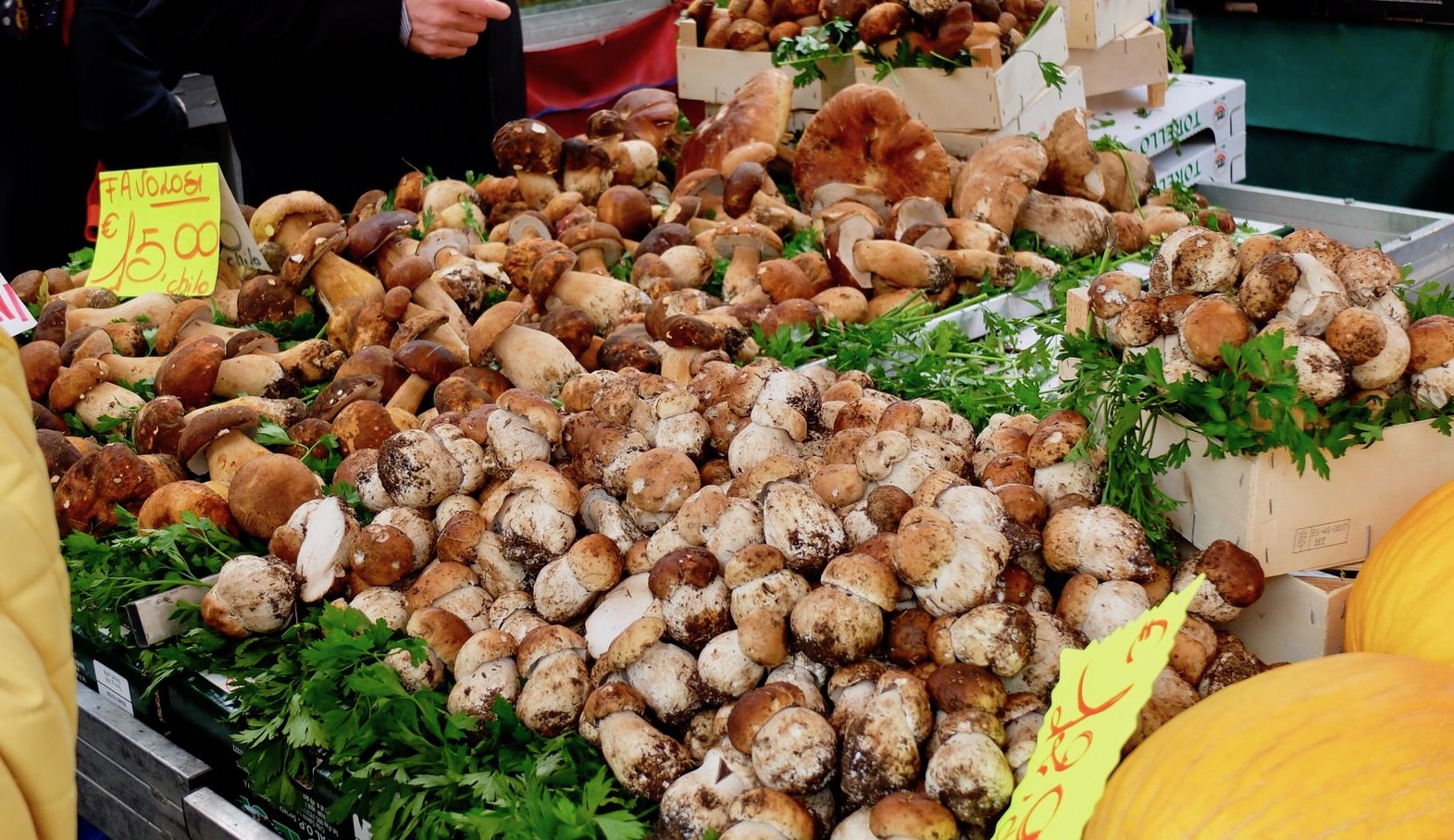
4. The food
Food is especially important in Piedmont and the capital Turin will have foodies at its mercy. The people of Turin love their food and many follow the philosophy of the Slow Food Movement which has its headquarters just outside in the small town of Bra. The number of quality restaurants in the city and the enormous Porta Palazzo food markets are further evidence of the city’s love of food. It’s well worth spending a morning wandering through the markets and marvelling at the fresh produce — piles of aubergines, ripe tomatoes and porcini mushrooms, meat, fish, cheeses, herbs and spices and much more!
Lastly, we need to mention the Torinese obsession with both chocolate and coffee, which they have combined masterfully in the classic local drink Il Bicerin – a delicious, layered concoction of chocolate, coffee and hot milk, not to be shaken – or stirred! Try it at the historical Il Bicerin cafe where it was invented and where they have been making it since 1763.
5. The Egyptian museum
Most people haven’t heard of it, but the Museo Egizio is the second largest collection of Egyptian archaeology, anthropology and artefacts in the world, only surpassed by the museum in Cairo. It was re-opened after an extensive renovation in 2015, and now displays the collection in chronological order, from the 4th century BC to the 3rd century AD. There are numerous highlights in the collection including a spectacular tomb from 3500BC and an extensive Papyrus collection. If you’re an Egyptophile, it’s a must see and even if you’re only mildly interested in Egypt, it’s still a fascinating and well curated collection.
We adore Turin and have included it as our first base in our Tastes Tour of Piedmont and Valle d’Aosta. Contact us today!

